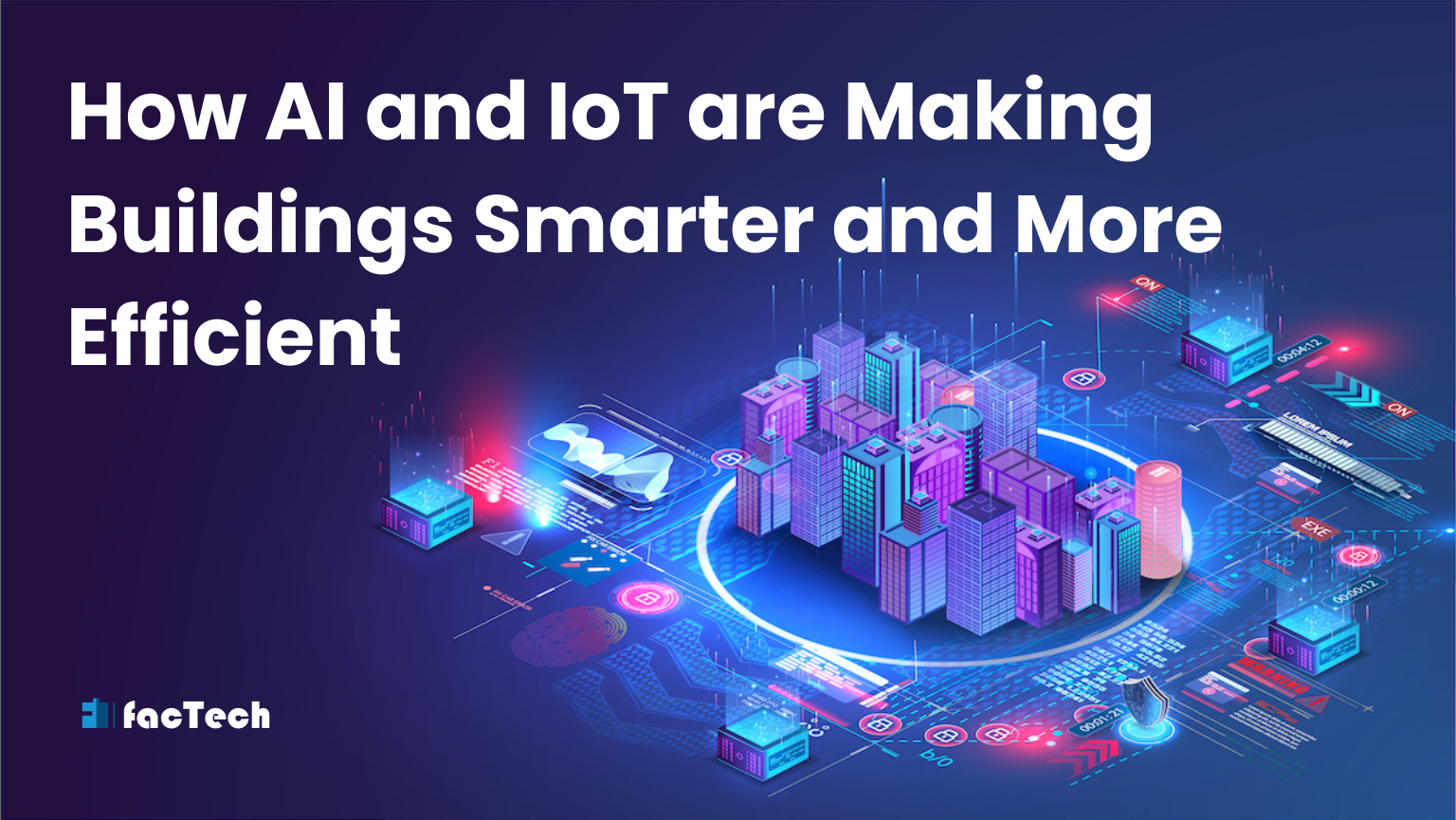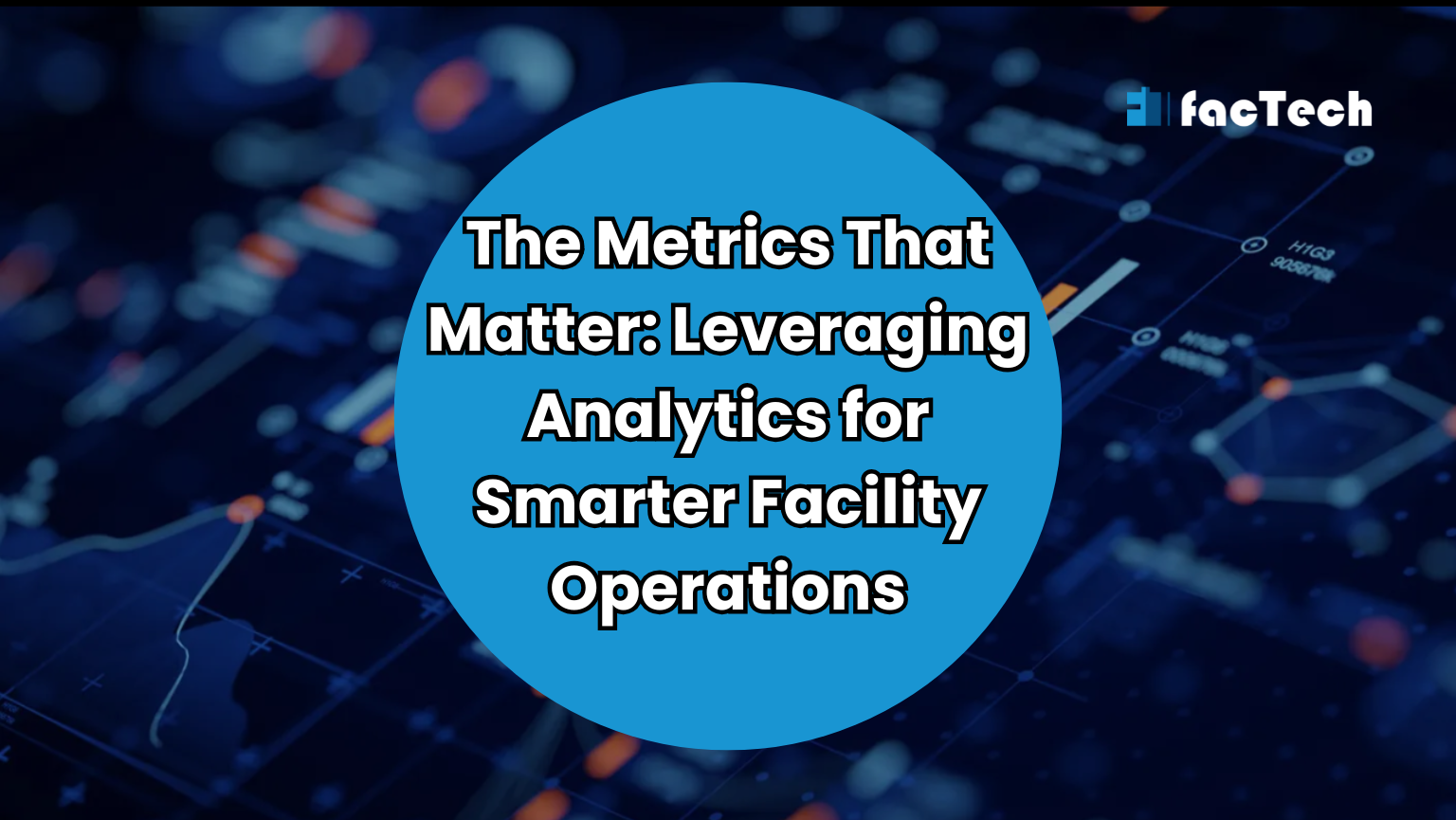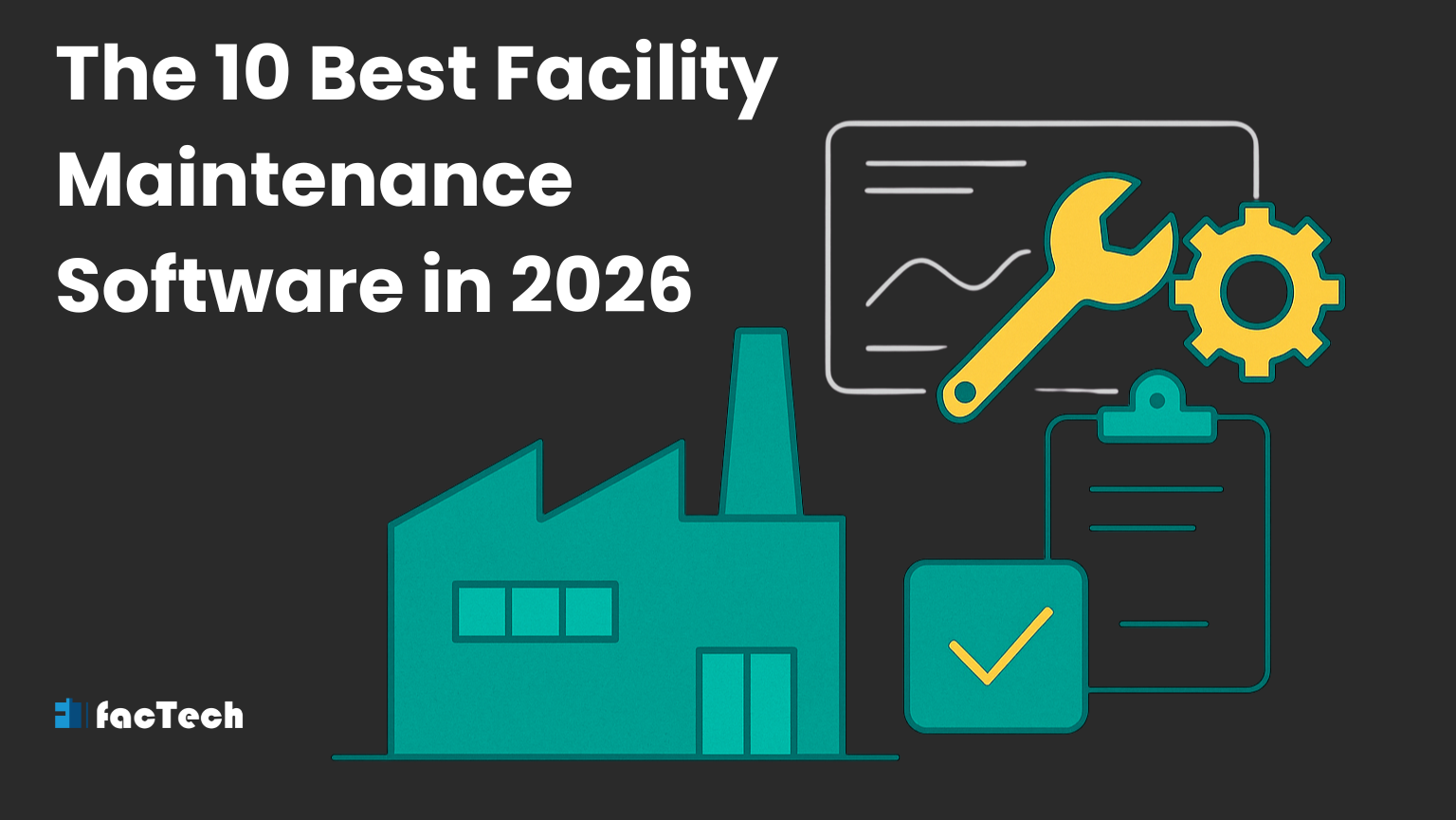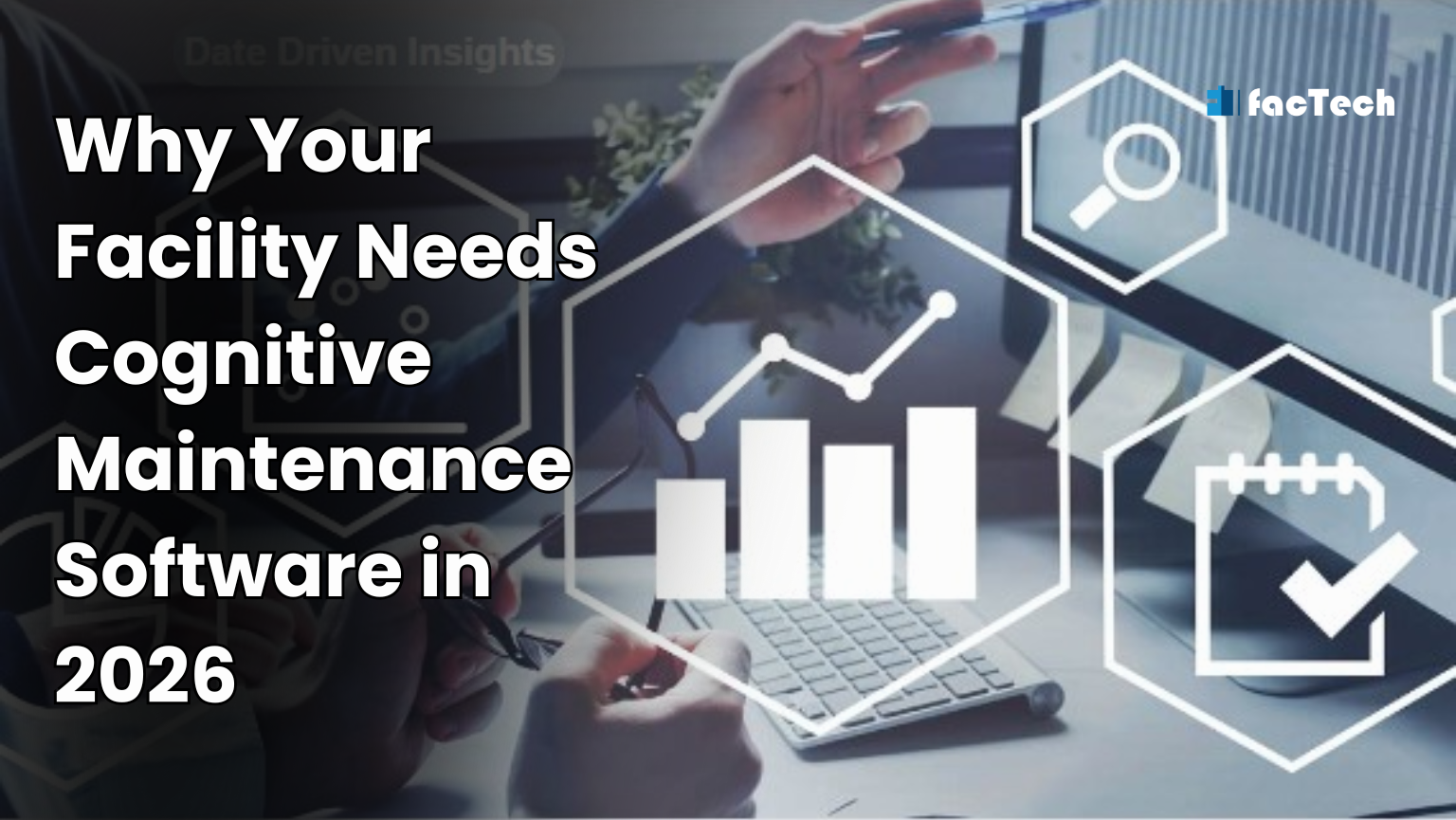How AI and IoT are Making Buildings Smarter and More Efficient
The Internet of Things (IoT) and artificial intelligence (AI) coming together has changed several industries, including construction and building. Smart building management has become a potent way to meet the growing need for energy efficiency, sustainability, and better living conditions in recent years. IoT is a key part of turning old buildings into smart, linked systems. In this blog, we will discuss what a smart building is and how AI and IoT-integrated solutions help in better building management systems.
What is a Smart Building?
By linking systems like HVAC, lighting, and security through IoT and AI, a smart building employs technology to run smoothly and sustainably. These systems change on their own based on data inputs to make people more comfortable, use less energy, and make building management system better.
Features of Smart Building
Smart buildings have a number of new elements that make them different from regular buildings:
- IoT lets you keep an eye on and control lighting, heating, ventilation, and air conditioning (HVAC), and security in real time.
- Smart technology uses less energy, which saves money and reduces waste.
- AI-powered surveillance and biometric entry make the area safe.
- Sensors and analytics improve indoor conditions like lighting and air quality, which makes people feel better.
- Data insights help with planned maintenance, which cuts down on downtime.
- These buildings connect different systems in a way that makes the whole place work together.
These features not only make processes run more smoothly, but they also improve the user experience by making buildings responsive, efficient, and easy to use.
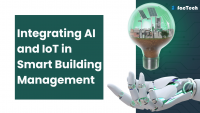
Integrating AI and IoT in Smart Building Management
AI is the brain behind smart building management systems. It gives the ability to gather, process, and understand data from IoT devices. Sensors, actuators, and interconnected systems are all examples of IoT devices that create a network of information inside a building. This integration allows AI algorithms to keep an eye on and control many things, such as lighting, heating, ventilation, air conditioning (HVAC), security, and energy use. This makes the environment more dynamic and responsive.
Also read: Reducing HVAC Carbon Footprint with Preventive Maintenance
Functions and Benefits of IoT Sensors in Buildings
Any smart building needs IoT sensors to work. These sensors gather information from a variety of devices and systems in real time and send it to centralized platforms for control and analysis. Some important things that IoT sensors do in buildings are
- Sensors keep track of temperature, humidity, CO₂ levels, and air quality to assist in keeping the space comfortable and healthy.
- IoT sensors keep track of how much energy is being used and find ways to make it more efficient
- Motion and occupancy sensors figure out where people are and adjust the lighting and HVAC systems accordingly.
- Cameras, sensors, and alarms that work with the Internet of Things (IoT) can send security alerts and let you watch over things in real time.
Also read: Top 5 PropTech Trends in 2025 that You Can’t Ignore
How AI Makes IoT Better in Smart Buildings
The Internet of Things (IoT) collects data, and artificial intelligence (AI) processes that data and converts it into useful information. AI algorithms help people make choices like
It can guess how much energy will be used and suggest changes to cut down on waste.
Artificial intelligence looks at data from IoT sensors to figure out when equipment is likely to break down, which lets repair happen before it happens.
AI makes the building more comfortable for each person by changing things like lighting, temperature, and other aspects to fit their needs.
Also Read: How AI Improves Energy Efficiency in Commercial Buildings

Trends That Will Shape Smart Building Technologies in the Future
We can look forward to a number of fascinating themes that will shape the future of smart building technology as it continues to develop:
Edge computing:
The use of edge computing will speed up data processing and allow for real-time decision-making, which will make building operations more responsive and efficient.
Digital twins:
Advanced digital twins will make a virtual model of a building that can be used for predictive maintenance, energy optimization, and better design and construction procedures.
Building Management Powered by AI:
AI will get better and better, allowing buildings to learn and change with the times, use less energy, and make people more comfortable.
The rise of the Internet of Things (IoT):
The widespread use of IoT devices will make it possible to collect and regulate data in more detail, not just for buildings but also for the spaces around them. This will make smart building solutions work better overall.
Renovate Your Building Management System with Factech
Factech is a reliable technological solutions supplier that helps companies stay competitive by providing cutting-edge solutions in software development, IoT, AI, and other areas. This is why companies pick Factech and how they can help your business grow:
We specialize in building custom software that meets the unique demands of each organization.
We are experts in IoT solutions for smart buildings that help with energy efficiency, security, and building management.
Uses AI and machine learning to automate tasks, improve performance, and find new information in data.
We make high-performance mobile and online apps for smart building management with a focus on user-centered design.
We put security first by making sure that our protocols are strong and that we follow all industry rules.
The bottom line
IoT in smart buildings has changed how buildings are run. It making them more efficient, eco-friendly, and comfortable for those who live there. Combining AI and machine learning with IoT makes it even better. It can now do things like predictive maintenance, energy efficiency, and smart decision-making. There are problems with smart buildings, such as security, scalability, and interoperability, but the future looks bright.
FAQs
Q: What is the main purpose of a smart building?
A smart building connects and controls systems like HVAC, lighting, and security using AI and the Internet of Things (IoT) so that they work together smoothly and last a long time.
Q: What does AI do to make IoT better in smart buildings?
AI uses the information that IoT sensors collect to help people make smart choices. It includes optimizing energy use and planning maintenance ahead of time.
Q: What are two major advantages of the features that smart buildings have?
The features make buildings responsive, efficient, and easy to use, which improves the user experience and speeds up procedures.
Q: What are the future trends in smart building technology?
Digital twins, or virtual building models for optimization and maintenance, are a big trend for the future.
